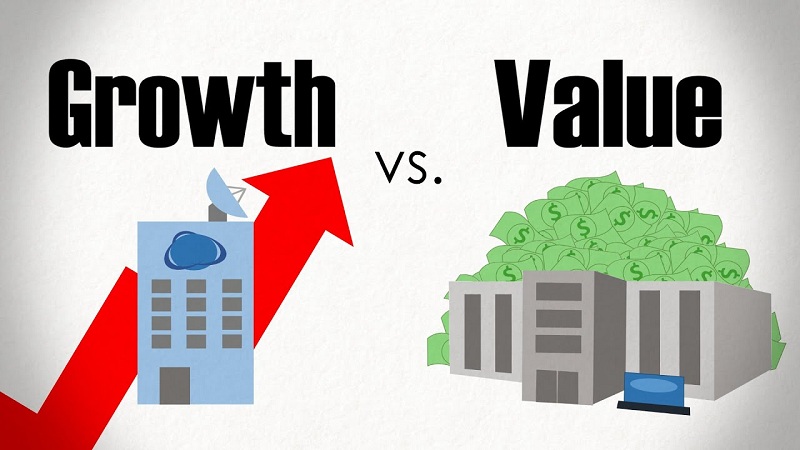Understanding the value and potential of companies in the ever-evolving digital landscape requires a specialized approach. A generic market analysis is no longer sufficient. This guide provides a clear and comprehensive framework for your digital economy stock performance review, equipping you with the tools to assess these dynamic assets effectively and identify true market leaders from the noise.
What constitutes the digital economy stock universe
The digital economy is a dynamic ecosystem, not a single industry. To conduct a meaningful digital economy stock performance review, investors must first understand its distinct sectors. Each segment operates on unique business models and responds to different market forces. Recognizing these categories is the foundational step before analyzing specific companies or performance metrics. This approach provides clarity on where growth originates and how value is created across the technological landscape.
Core sectors of the digital stock universe
- E-commerce and Marketplaces: These platforms facilitate online retail. Their success is directly tied to consumer spending habits, logistical efficiency, and the network effect of attracting both buyers and sellers.
- Software as a Service (SaaS): Companies in this space provide software on a subscription basis. Their strength lies in predictable, recurring revenue streams and high customer retention rates.
- Fintech and Digital Payments: This sector disrupts traditional banking. Growth is fueled by the global shift towards cashless transactions and decentralized financial solutions.
- Digital Media and Entertainment: This includes streaming, gaming, and social platforms. Performance depends heavily on user engagement, content libraries, and monetization through ads or subscriptions.
- Artificial Intelligence and Data: This segment provides the intelligence layer for other sectors. It represents the core of innovation and is one of the key emerging technologies for digital economy platforms.
Beyond revenue key metrics for digital stock analysis

Traditional stock analysis often falls short in the digital realm. Metrics like price-to-earnings ratios do not capture the full picture for companies prioritizing growth over immediate profit. A successful digital economy stock performance review requires a modern toolkit focused on user-centric data and long-term viability. These alternative metrics offer deeper insights into a company’s health and future potential, moving beyond surface-level financial statements and incorporating some of the best undefined for tech.
User growth and engagement metrics
A digital platform’s value is directly tied to its user base. These metrics measure market penetration and loyalty.
- Monthly Active Users (MAU): Tracks the number of unique users engaging with a platform each month, indicating overall reach.
- Customer Acquisition Cost (CAC): Shows the total marketing and sales expense required to gain one new customer.
Unit economics and profitability
These figures reveal the underlying financial health of a digital business model on a per-customer basis.
- Customer Lifetime Value (LTV): Predicts the total revenue a single customer will generate over their entire relationship with the company.
- Churn Rate: The percentage of customers who cancel their subscriptions in a given period. A high churn rate can signal significant business challenges.
Current market drivers influencing performance

Digital economy stocks exist within a larger ecosystem. Their performance is shaped by macroeconomic conditions and rapid technological shifts. Understanding these external forces is vital for any credible digital economy stock performance review. These drivers provide the context needed to interpret a company’s financial data and strategic positioning accurately.
Macroeconomic factors
Broad economic trends significantly affect high-growth tech stocks. For example, the undefined is profound, as higher rates can devalue future earnings. Consumer spending, inflation, and government regulations also directly influence revenue and costs for companies in e-commerce and fintech.
Technological innovation and disruption
The relentless pace of innovation is a major catalyst for both growth and volatility in the tech sector.
The rise of Artificial Intelligence creates new revenue models for cloud and data companies while disrupting older systems. Investors must evaluate a company’s agility to lead in key areas like AI, cybersecurity, and automation to gauge its long-term resilience. A thorough review assesses how well a company is prepared for technological change.
Building your own stock performance review framework

A structured analysis removes emotion and focuses on data-driven insights. Creating a repeatable framework for your digital economy stock performance review allows you to consistently evaluate opportunities and risks. This process empowers you to look beyond market hype and make informed decisions based on fundamental performance indicators.
- Define your scope: Identify a specific sector like SaaS or fintech to narrow your focus and analysis.
- Select key metrics: Combine traditional financials with digital-specific KPIs like LTV, CAC, and user growth.
- Compare data: Collect performance data for your target company and at least two direct competitors for crucial market context.
- Analyze the outlook: Evaluate broader market drivers. Is the company aligned with a major trend like AI adoption or facing regulatory risks?
- Formulate a thesis: Based on your data, articulate a clear reason why the stock is a compelling opportunity or one to avoid.
A successful digital economy stock performance review goes beyond surface-level numbers. It requires a deep understanding of sector-specific metrics, an awareness of current market drivers, and a structured framework for analysis. By focusing on both quantitative data and qualitative trends, you can better identify the companies truly built for long-term growth in this dynamic landscape. For more insights into the evolving market, visit Digital Economy Pulse.



